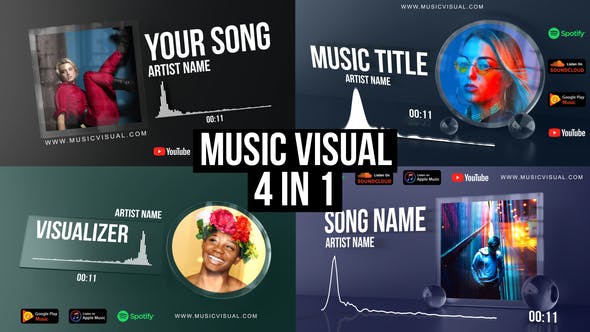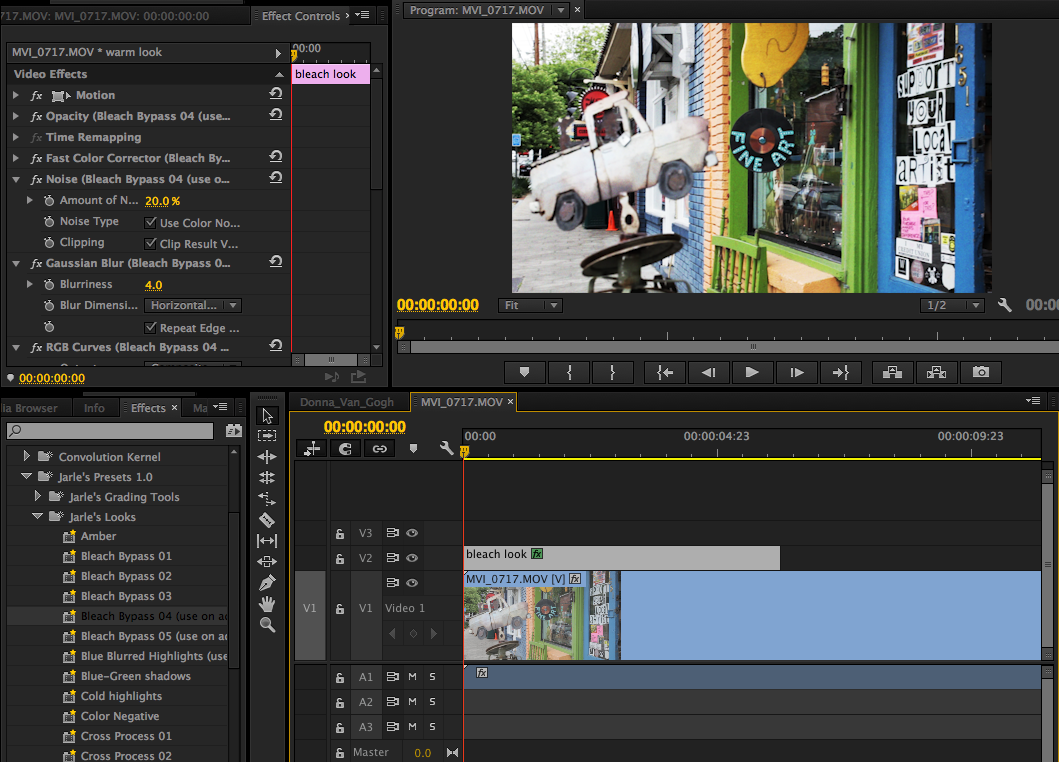

Premiere Pro generally maintains real-time playback without rendering, but processing-intensive filters can cause performance to drop. Many codecs and file wrappers are supported natively, including AVC-Intra, ProRes, HDV, H.264, RED, etc. There is no need to first transcode to a common format on import/ingest, so you can get to the task of editing more quickly. Premiere Pro is not based on a QuickTime or MXF media architecture, so timelines can mix various native codecs and maintain real-time playback. The differences between Premiere Pro CS6 and other NLEs come in three areas: native codecs, rendering and plug-in support. This includes asymmetrical trimming akin to working in Media Composer’s trim mode and smart timeline trimming tools.

Trimming gains special attention in Premiere Pro CS6 with better contextual timeline control. Once you click the icon, use the standard JKL transport controls, mark a selection and edit it to the timeline. Thumbnail icons can be expanded to be quite large, functioning almost like a separate viewer. Source clips in the Project panel, in the Media Browser and in the Adobe Prelude ingest dialogue box can be quickly reviewed when in the icon view by moving the mouse over the image. There’s “hover scrubbing”, which is Adobe’s answer to Apple’s “skimming” found in iMovie and Final Cut Pro X.

The changes in Premiere Pro are designed to get you editing faster and make the experience more direct. Premiere Pro offers the most direct translation and shortest learning curve for editors moving over from Final Cut, but it is still different – mostly in good ways. As folks say, “There’s less chrome.” The idea was to make Premiere Pro look and feel closer to the experience of NLEs like Apple FCP “legacy” and Avid Media Composer. There’s better use of screen real estate for functional tasks, less blank space and you now have the ability to turn off buttons and displays. With Premiere Pro CS6, Adobe focused on performance improvements and an overhaul of the user interface.
#ADOBE PREMIERE CS6 TUTORIAL EFFECTS PLUS#
Production Premium is a 6GB file download, plus there’s an additional 21GB of optional sound effects and music loops that Adobe customers may also download for free. SpeedGrade adds film-style color grading to the package. Adobe Prelude (ingest, transcode and logging) becomes the substitute for OnLocation, which was geared towards the tape-based world. Creative Suite 6 is no different, with performance tweaks and expanded GPU usage in Photoshop, After Effects and Premiere Pro.Īdobe’s video bundle, CS6 Production Premium, is a complete end-to-end workflow solution covering ingest to distribution. I’ve reviewed and used each version of the Creative Suite for many years and Premiere Pro is one of the few NLEs where each new version exhibits tangible performance improvements. Editors looking for an alternative to Apple Final Cut Pro view Adobe Premiere Pro CS6 as the logical choice, but there’s more to this release than a hypothetical FCP 8.


 0 kommentar(er)
0 kommentar(er)
